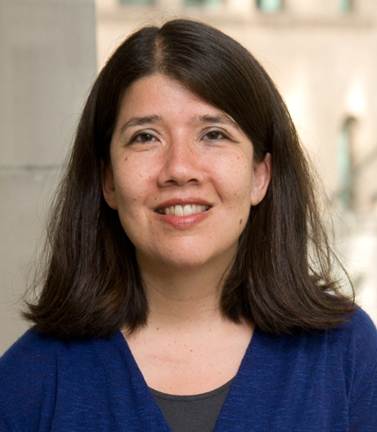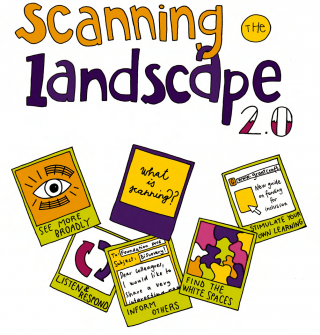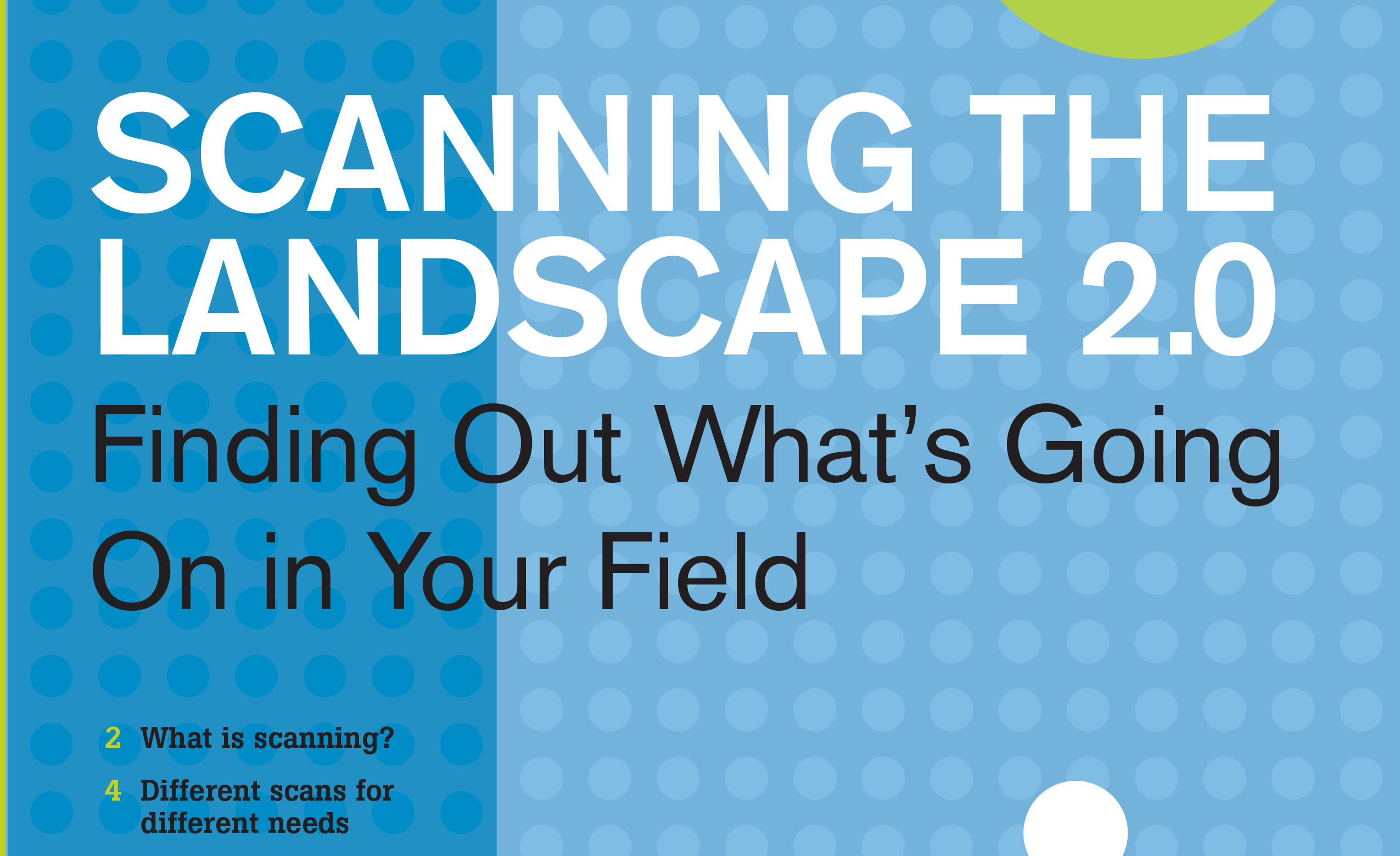Scanning in the Digital Age
We recently launched a new GrantCraft guide, Scanning the Landscape 2.0, at an event with our friends and building-mates, Philanthropy New York. A lively mix of funders joined Brad Smith and me, including long-time supporters and others who were learning about GrantCraft for the first time. Several colleagues who were interviewed for this report – Patricia Eng, Vice President, Grants and Capacity Building, Ms. Foundation for Women; Andrés Henríquez, Program Officer and Project Manager for Literacy and Standards, Carnegie Corporation of New York; and Nicholas Turner, Managing Director, The Rockefeller Foundation – came to share their lessons learned.
These “guest scanners” and the full group spent time discussing a set of questions that attendees could take back to their foundations for self- or small-group reflection. Pat described insight gained from a recent strategic planning process that went well beyond current supporters and allies. By talking to people that her foundation hadn’t contacted before, including those working with perpetrators of crimes, faith-based communities, and individual victim advocates, she found new insight on policy issues related to women’s safety that changed their guidelines.
As participants discussed the challenges of information overload, Nick mentioned the risk of being pulled down many “rabbit holes” without a clear ability to find a way through a flood of data. But he also spoke of the positive side of scanning in a digital age. Information can be captured and used in many useful forms. For his work on transportation policy, he has set up automated email updates from specialized databases, news digests, and listservs to help him stay abreast of what’s going on. Several years ago, Andrés began experimenting with Twitter before Carnegie released a major report on adolescent literacy as a strategy to help push out this study.
What he hadn’t anticipated was how invaluable social media would be as a way of instantly gathering information that in the past was almost impossible to find. By following a wide range of voices – teachers, principals, parents, advocates, journalists, researchers, bloggers, and so on – he has a steady stream of insight about how education reform issues are playing out on the ground.
What techniques have you developed for scanning? For making the most of digital tools? Download Scanning the Landscape 2.0 for more ideas from your peers, and let us know your thoughts.



